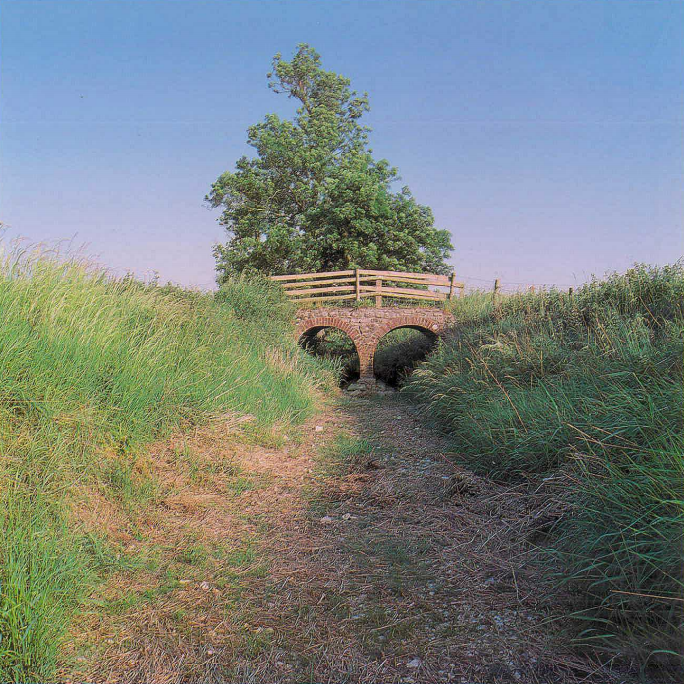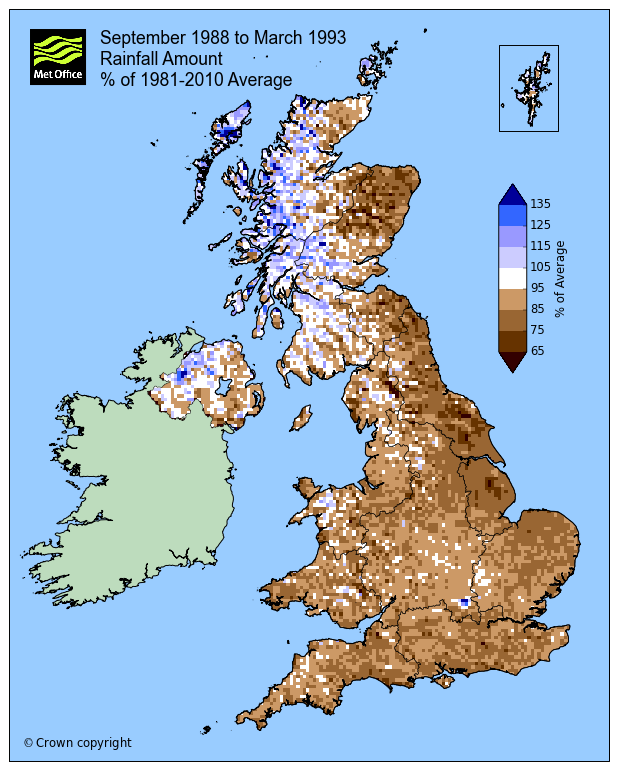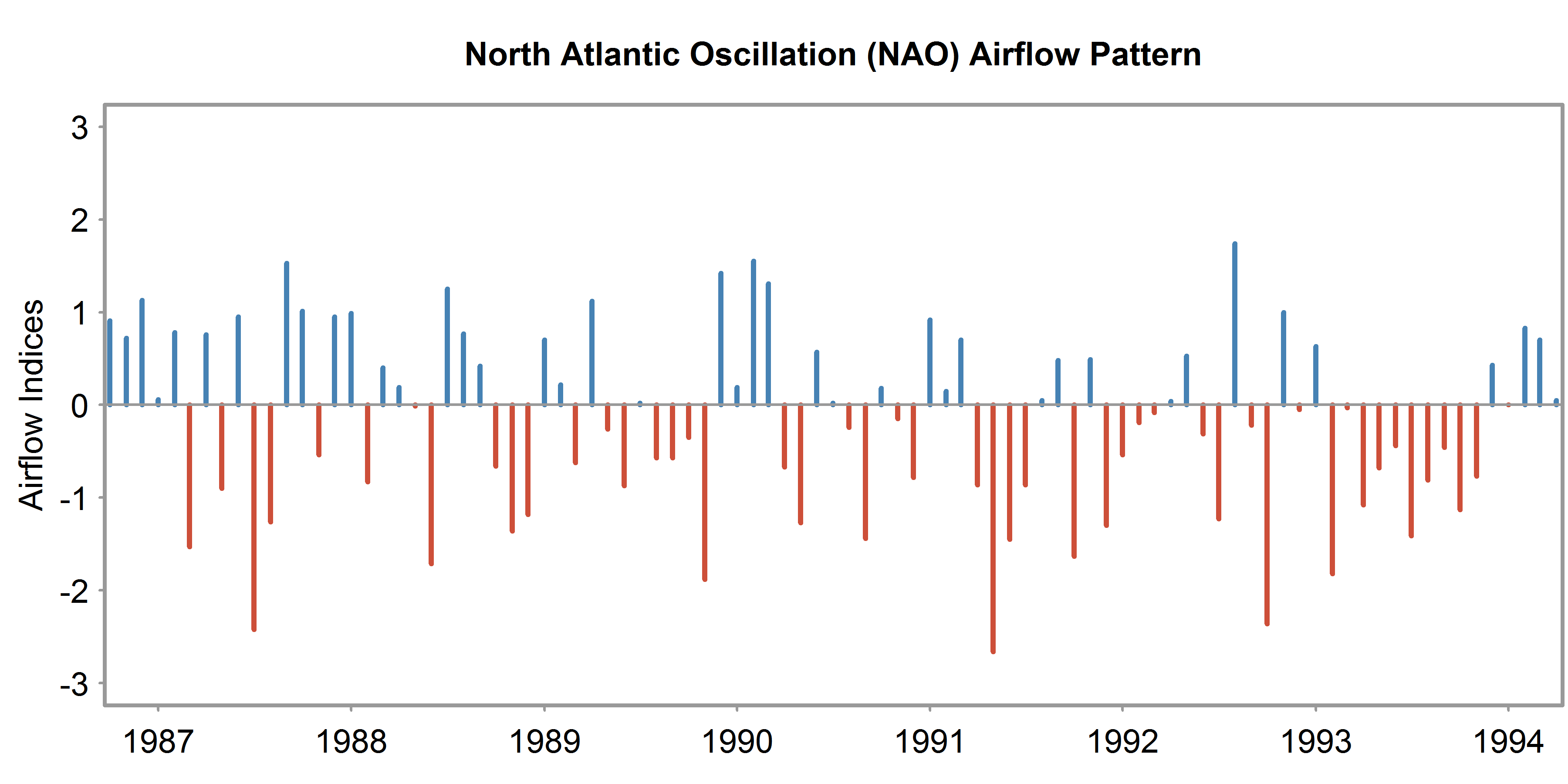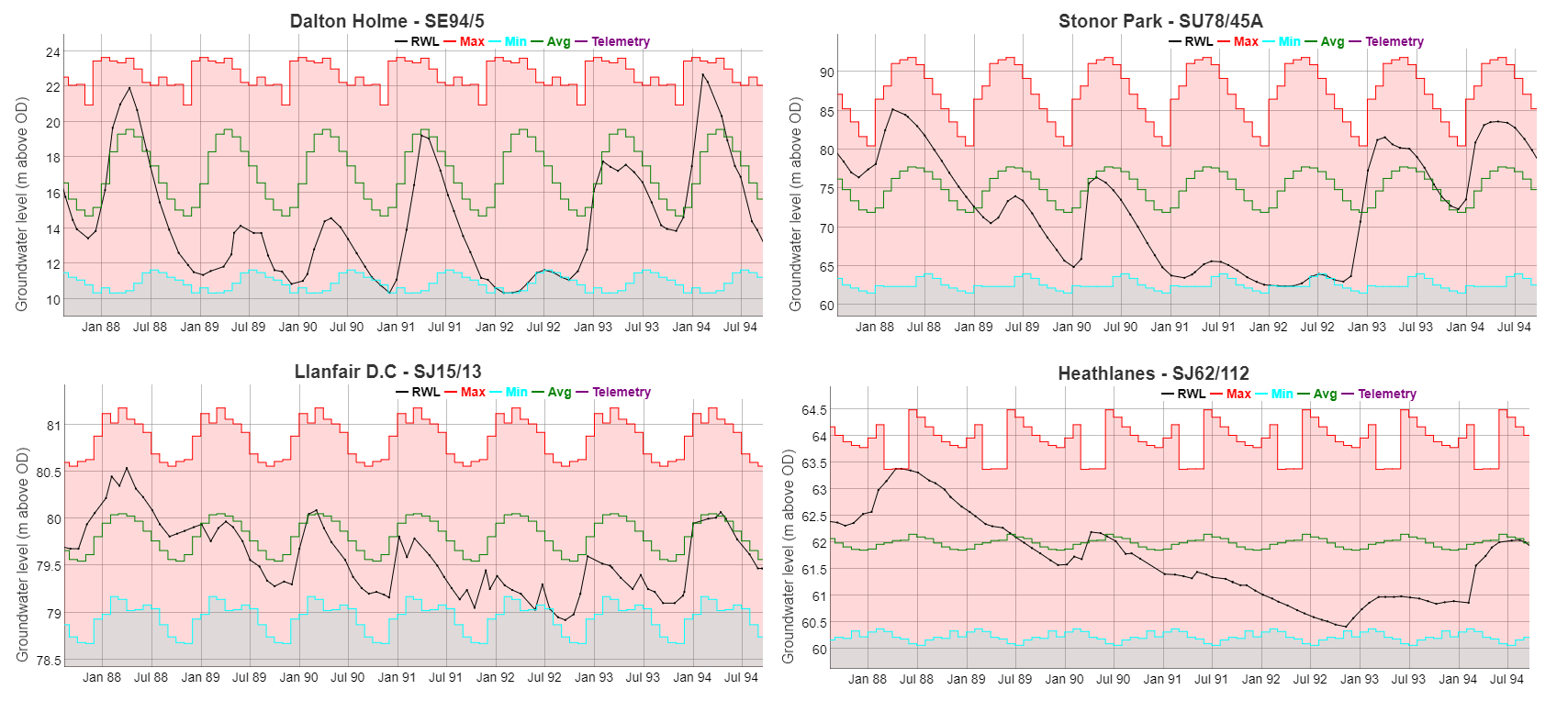
Generalising, the western and northern parts of the UK were worst affected in the early phases of the drought whilst during 1991 and 1992 groundwater levels – and flows in spring-fed streams across the English Lowlands were exceptionally depressed. The 1988/1993 drought lead to widespread hosepipe bans and the temporary loss of aquatic habitats. It also highlighted the vulnerability of parts of the UK to long-term rainfall deficiencies, particularly against a backdrop of higher water demand, and media and public speculation concerning the impact of global warming.




































































